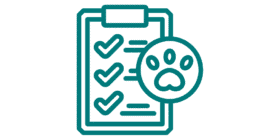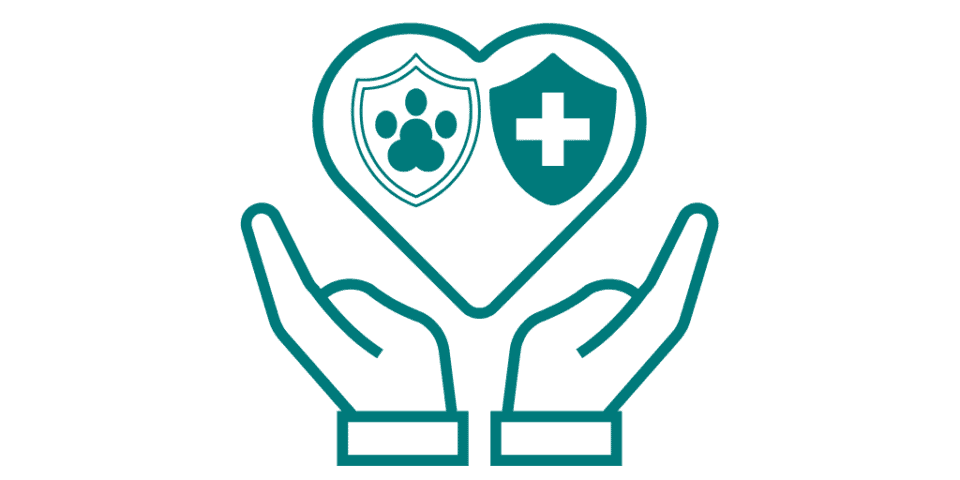
The Contract Development and Manufacturing Organization (CDMO) landscape is evolving—and animal health is quickly becoming one of the most sought-after segments. As pharmaceutical sponsors increasingly focus on strategic outsourcing, many CDMOs that once served only human health are now expanding into veterinary manufacturing to capture a fast-growing market with unique technical demands.
Entering the animal health space isn’t as simple as rebranding your human offerings. CDMOs must understand the distinct regulatory landscape, species-specific product needs, and sponsor expectations that come with veterinary drug development.
In this article, we explore why the animal health sector is gaining traction among CDMOs, and how service providers can differentiate themselves in a competitive market.
Why the Surge in Veterinary CDMO Interest?
Several market forces are driving CDMOs toward the animal health sector:
- Global market growth: The veterinary pharmaceutical market is expected to reach $80+ billion (USD) in the next decade, driven by rising pet ownership, increasing livestock productivity demands, and innovations in companion animal care.
- Human health experience overlap: Many veterinary drugs are analogs or adaptations of human medicines, allowing CDMOs to apply existing technical capabilities to new products.
- More virtual animal health sponsors: Like in human biotech, many animal health firms are small, virtual companies that depend entirely on outsourced development and manufacturing.
- Product complexity is rising: From biologics to long-acting injectables and flavor-masked dosage forms, veterinary drugs are becoming more sophisticated—demanding specialized CDMO support.
What Veterinary Clients Expect from CDMOs
To compete effectively in this space, CDMOs must do more than just repackage human-health capabilities. Veterinary sponsors expect:
- Species-specific formulation expertise (e.g., palatability, excipient safety)
- VICH-aligned regulatory understanding
- Agility and cost efficiency—veterinary budgets are typically tighter than human pharma and the timelines compressed
- Support for unique packaging formats (dosing syringes, bulk powders, pour-on topicals)
- Experience with FDA, CVM and/or USDA regulatory pathways
Simply offering GMP manufacturing isn’t enough—value comes from understanding veterinary product strategy and regulatory nuance.
Common Gaps That Deter Veterinary Sponsors
Even experienced CDMOs can struggle when adapting to animal health. Common missteps include:
- Relying on human-focused QA/QC procedures without modification
- Failing to justify excipients for animal use
- Inadequate container closure selection for field use
- Lack of CVM-specific validation or documentation standards
- No familiarity with INAD/NADA regulatory requirements
These gaps can shake sponsor confidence and jeopardize regulatory submissions.
How to Stand Out as a Veterinary CDMO
To become a go-to partner in the animal health space, CDMOs should:
- Build species-specific formulation expertise
- Invest in R&D teams that understand flavor masking, feed administration, and palatability.
- Train regulatory teams on CVM expectations
- Understand how veterinary CMC sections differ from CDER/CDRH norms.
- Develop flexible manufacturing platforms
- Design suites that accommodate varied dosage forms and smaller batch sizes.
- Strengthen QA systems for animal health
- Align with USDA and CVM audit readiness, not just human GMP standards.
- Partner with consulting firms early
- Bring in experts like DSI to support gap assessments, validation strategy, and regulatory alignment.
How DSI Supports Veterinary-Focused CDMOs
DSI works with CDMOs to:
- Conduct regulatory and quality gap assessments before onboarding veterinary clients
- Guide method validation and CMC documentation for INADs and NADAs
- Support QMS design or remediation with animal health compliance in mind
- Prepare facilities for CVM or USDA inspections
- Act as a liaison between CDMOs and sponsor regulatory teams
Whether you’re new to veterinary manufacturing or looking to expand your offerings, DSI helps you stand out as a trusted, regulatory-ready partner.
Final Thoughts
The animal health sector offers real growth potential for CDMOs—but only those who invest in regulatory readiness, technical flexibility, and species-specific understanding will thrive. By bridging the knowledge gap and building targeted capabilities, CDMOs can position themselves as essential partners in the future of veterinary medicine.




